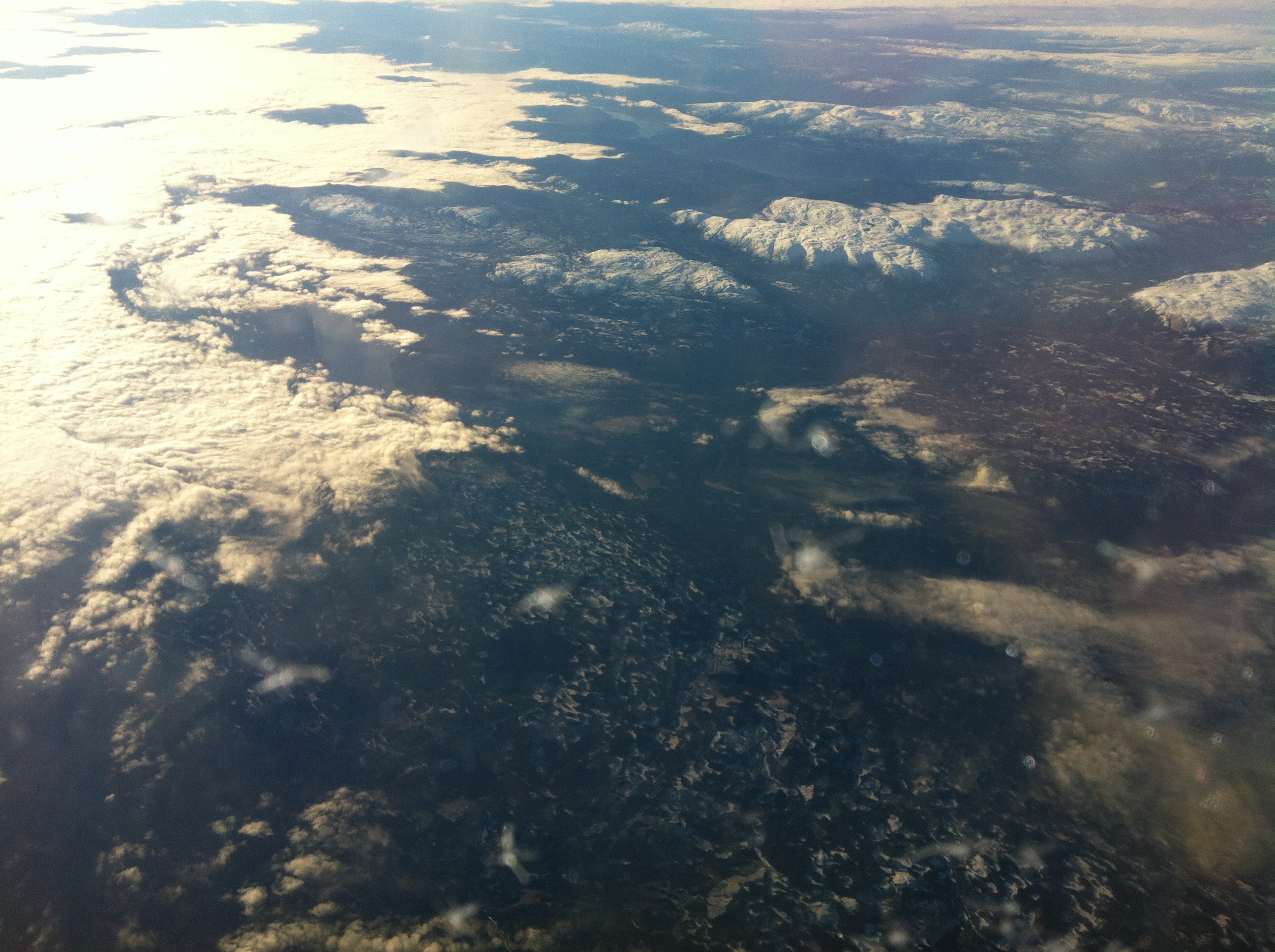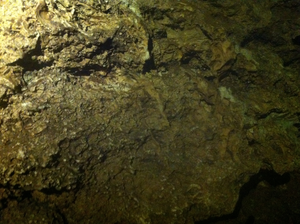Intro (you are here!)
Fragmenturgy is a sonic method which may be used to explore alternative realities, flows and narratives, so called fragmedialities, in environments where cemented stereotypes and structures somehow limit and obstruct the residents.
Fragmedialites emerge within the spaces and overlaps that occur during the fragmenturgy process. During this process unsorted layers of sound fragments and flows, which can derive from different places, people and times, are patiently listened to and re-layered multiple times.
In these undisclosed intersections, alternative sound flows might suddenly become audible.
Fragmenturgy can therefore be used as a tool for re-imagineering the potential of a somehow restricted personal or collective site.
XXXXXXXXXXXXXXXXXXXXXXXXXXXXXXXXXXXXXXXXXXXXXXXXXXXXXXXXXXXXXXXXXXXXXXXXXXXXXXXXXXXXXXXXXXXXXXXXXXXXXXXXXXXXXXXXXXXXXXXXXXXXXXXXXXXXXXXXXXXXXXXXXXXXXXXXXXXXXXXXXXXXXXXXXXXXXXXXXXXXXXXXXXXXXXXXXXX
XXXXXXXXXXXXXXXXXXXXXXXXXXXXXXXXXXXXXXXXXXXXXXXXX
XXXXXXXXXXXXXXXXXXXXXXXXXXXXXXXXXXXXXXXXXXXXXXXXXXXXXXXXXXXXXXXXXXXXXXXXXXXXXXXXXXXXXXXXXXXXXXXXXXXXXXXXXXXXXXXXXXXXXXXXXXXXXXXXXXXXXXXXXXXXXXXXXXXXXXXXXXXXXXXXXXXXXXXXXXXXXXXXXXXXXXXXXXXXXXXXXXXXXXXXXXXXXXXXXXXXXXXXXXXXXXXXXXXXXXXXXXXXXXXXXXXXXXXXXXXXXXXXXXXXXXXXXXXXXXXXXXXXXXXXXXXXXXXXXXXXXXXXXXXXXXXXXXXXXXXXXXXXXXXXXXXXXXXXXXXXXXXXXXXX
THE LOST AND FOUND PROJECT (2016 - 2018)
In 1988 the thinker Roger Lipsey Lipsey, R. (1988) takes his cue from Kandinsky's book “Concerning the Spiritual in Art” from 1912 Kandinsky, W. (1977) and compares the artistic process with “the way whales sweep through the plankton of the sea in order to survive”.
Similarly, it is only what the artist “happens to shunt” that is worth creating with. Whatever happens, it is associations that control the artistic process.
Lipsey believes that “association is the kingdom of chance”, that the feeling of “knowing” is an impossible chimera, as our memories are so overwhelming and, either way, “live their own life”.
From this angle, comprehension can of course never be used as a measure of artistic quality and risk itself is of course a habitual component.
Nevertheless, visual media has long dominated the narrative hierarchies and created a clear and linear line for our world and other “materialities” to follow. Cox, C. (2011)
This line involves the stubborn persistence of the same capitalist narratives that eventually have been accepted as the only natural, essentially logical, versions, commodifying our society through our own simplified conclusions and joint ignorance.Haraway, D. (1988)
SOUND AND NOISE
The Lost and Found project (LOF) began as an attempt to challenge myself and my role in these cemented, narrative structures through exploring the liabilities of sound as an emancipated sociocultural, and possibly counterpart, material. LaBelle, B. (2017), Mouffe, C. (2007)
I wanted to try going beyond the common concepts of sound quality, noise, acoustics and technology. But even more importantly, risking our perception of what sound is for – and what it can do?
Efforts to define and measure sound and noise have a long history closely linked to the development of architectural acoustics and noise control across many disciplines. Nevertheless, the mammoth task of addressing sound as a material in the landscape remains, symbolised by “unpleasant” noise as an objective quantity and “pleasant” sound as a subjective condition. Blauert, J., Guski, R. (2009), Blauert, J. (2012)
In this project, I began to detect some interesting similarities between the rhetoric of the narrative structures imposed upon people in a mainstream, capitalist society and my own subdued material; sound.
Haraway, D.(1988)
I decided to compare them, not only to alter the perception and possibilities of spaces outside the political strongholds – but to provide new perspectives on the norms surrounding sound and noise. This was a precarious operation for me as the project meant, not only challenging my own safety zone of tried and tested sound aesthetics and dramaturgies, but my role as an artist/wanna-be-ethnographer, Foster, H.(1996) regularly interfering through documenting without asking Waldock, J (2011). It also meant challenging these same perceptions of my peers in the sound art community if, and when, my sounds “sounded like shit”.
In order to attempt going beyond this aesthetic and sociocultural baggage, I started to explore the framework of chance operated live performance as a method. LaBelle, B. (2013)
By randomly mixing and intuitively layering leftover, odd and uncategorised sound fragments and scraps from various origins, I began to catch glimpses of alternative sound worlds and sites emerging from the thick sound layers.
The soundscapes produced by this method, encapsulating a combination of intuition and chance, offered a re-contextualised form of reality, “a choir of voices” – a different translation. Lee, M. (2014)
During the work process, I began to realise that the potential of the method as an active, sociocultural agent might be far more powerful if used in collaboration with others. Fragmenturgy developed from a dj-experiment performed by myself into a process based, collaborative experiment.
I called the method fragmenturgy (fragmented dramaturgy) and the alternative realities that were created; fragmedialities (fragmented mediality, fragmented reality).
THE CONCEPT OF HOME
After moving from Birmingham in the United Kingdom in 2012, I ended up in a rural area not far from Tierp in the North of Upland. I had never lived in the countryside before and it was not easy to fit in and understand its etiquettes and norms.
While working with the different sound scraps and some visual material that I had collected through the years, it occurred to me that it was the concept of the new HOME that I had been examining, through the random material.
Un-intentionally, I had been examining my relationship also to my previous HOMES and my own transformation through this rural site; the safety of the home; its landscape and its geographical position in relation to poverty, race and class. Moving deeper into the process it became a conversation about those without a HOME seeking shelter and my own ambivalence, helplessness and apathy, in relation to that.
I especially remember one little snippet of sound recorded by my mobile walking the sunlit, vast, rural landscape in the early days after the move.
This quiet piece of sound somehow defined the concept of fragmenturgy as it suddenly emerged to the surface through the many layers of louder sounds and it stayed with me, as it seemed significant:
“I want to share it, but I don’t want to. I want to I share it, but I don’t”.


